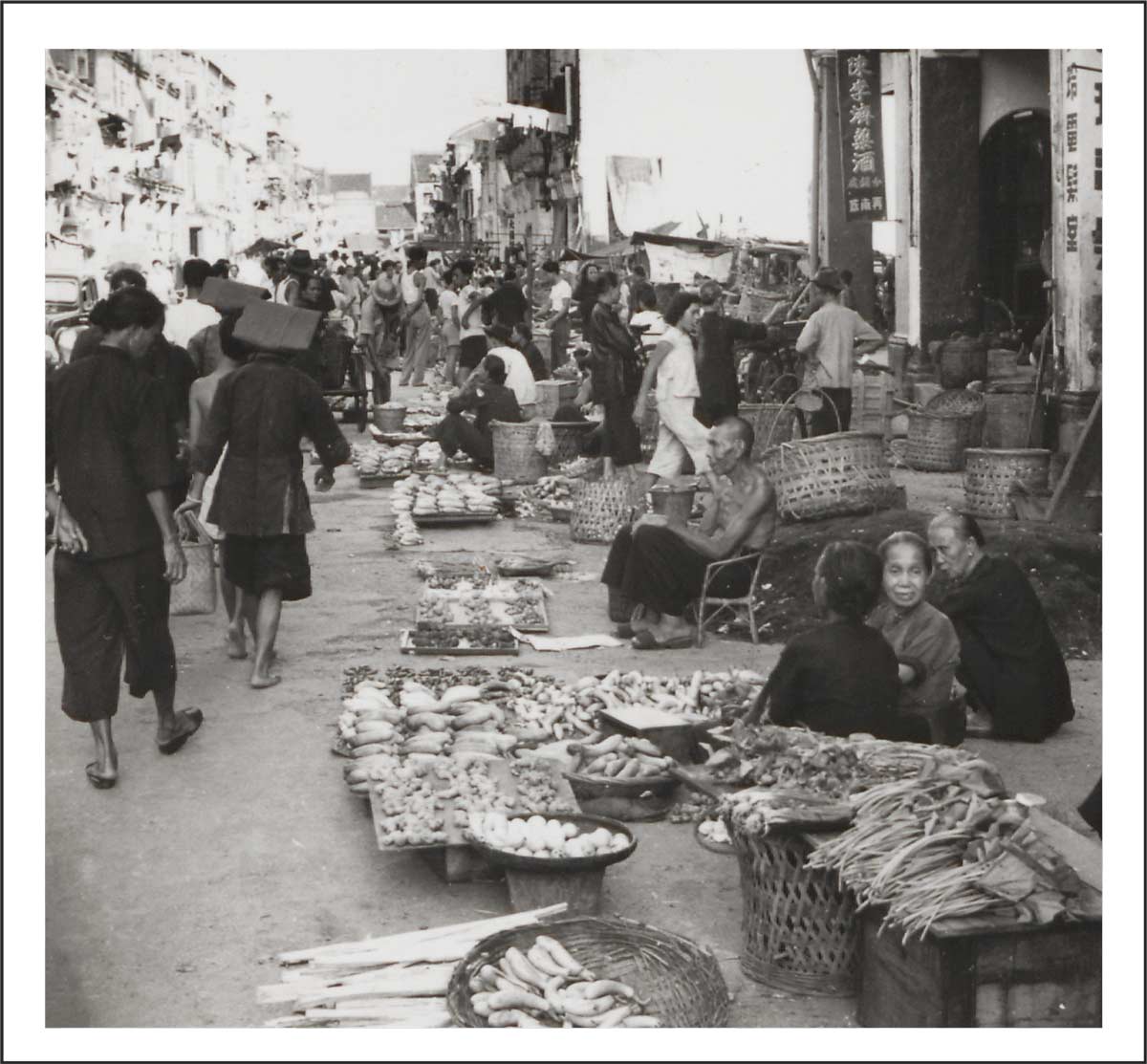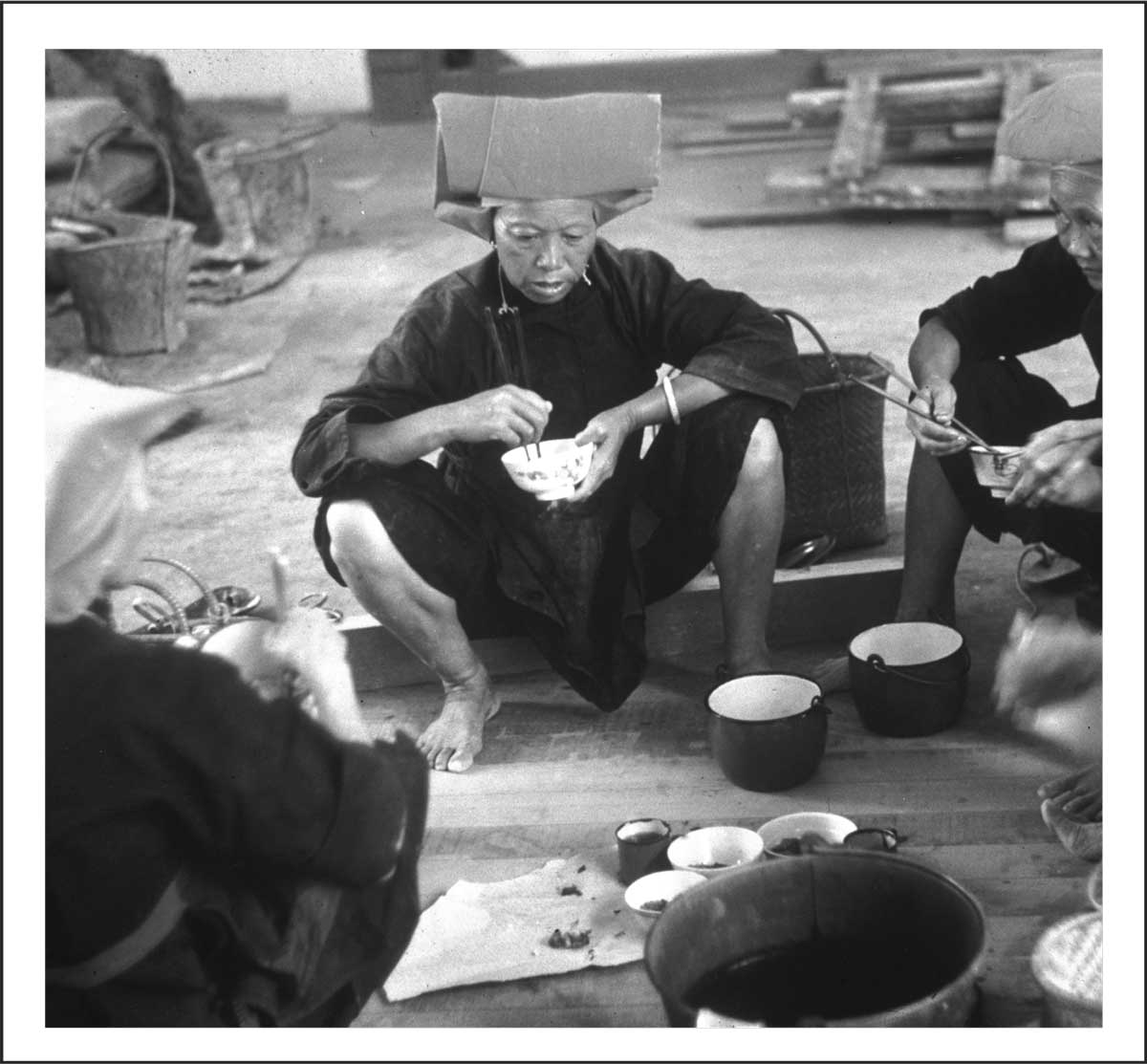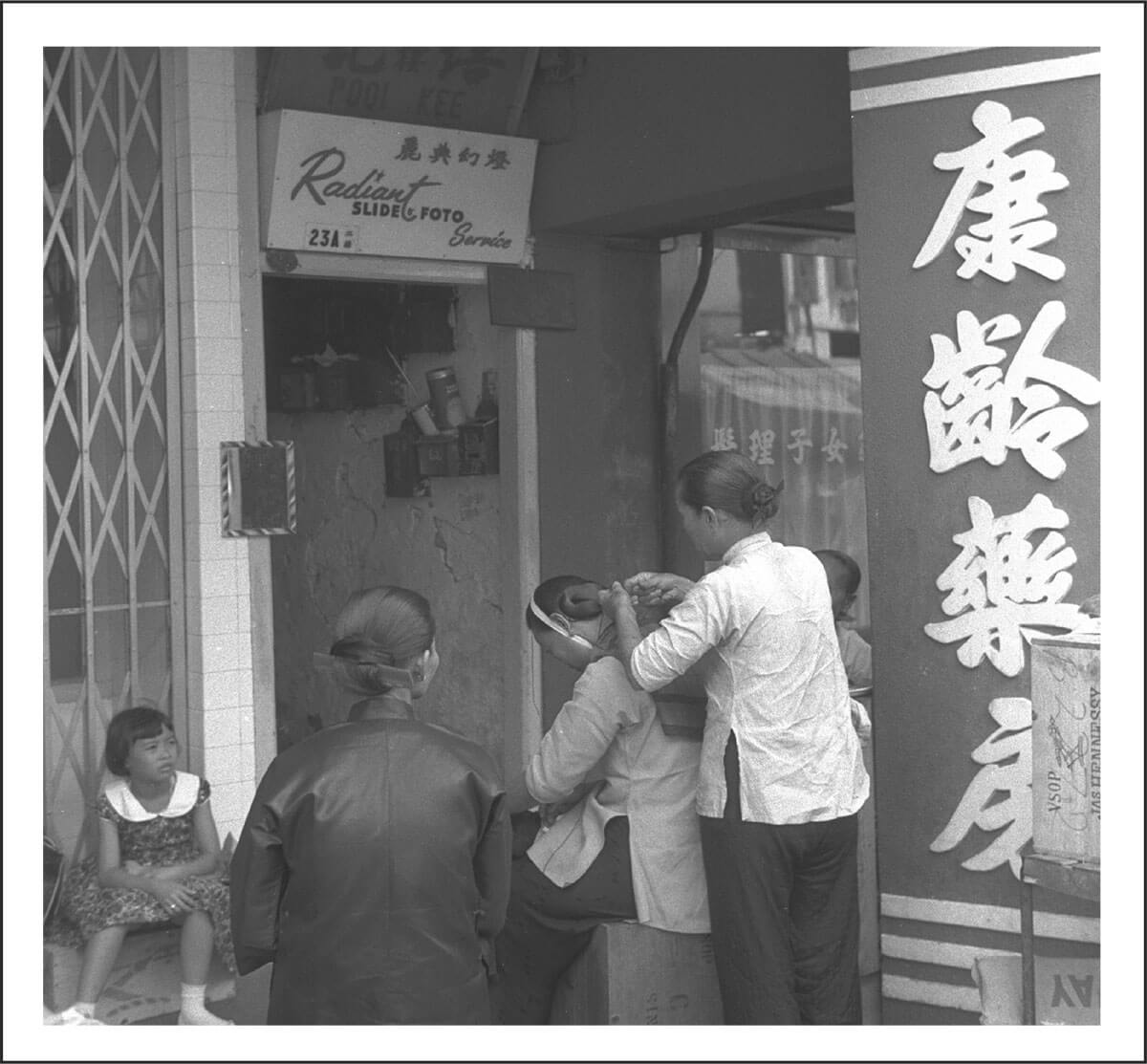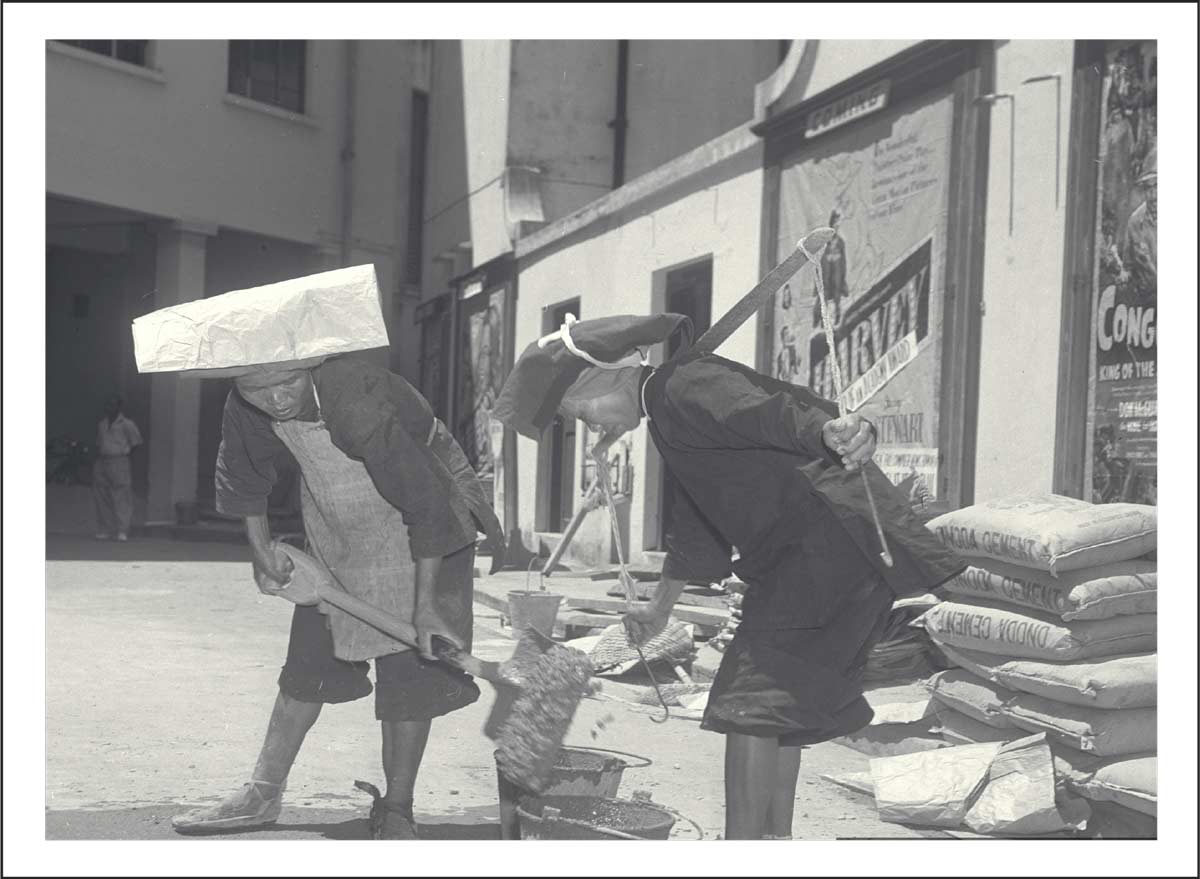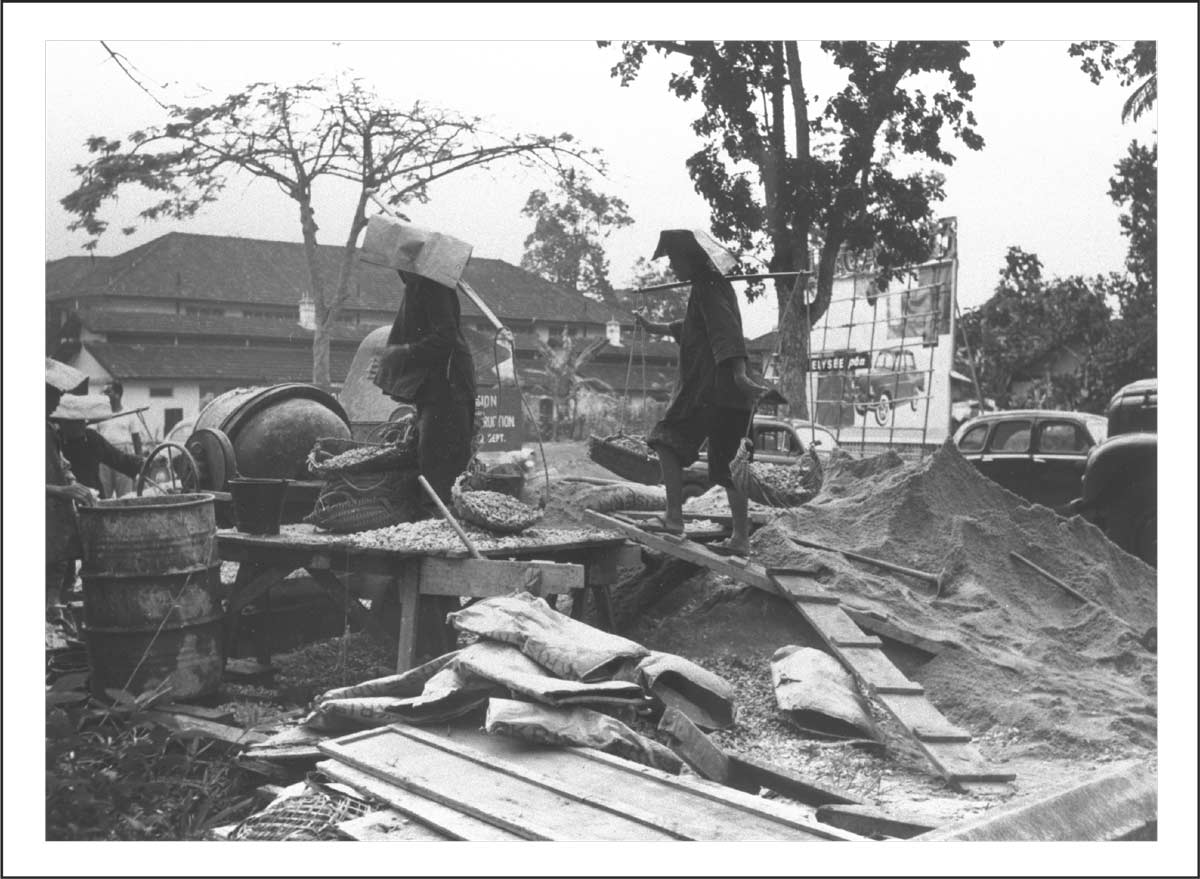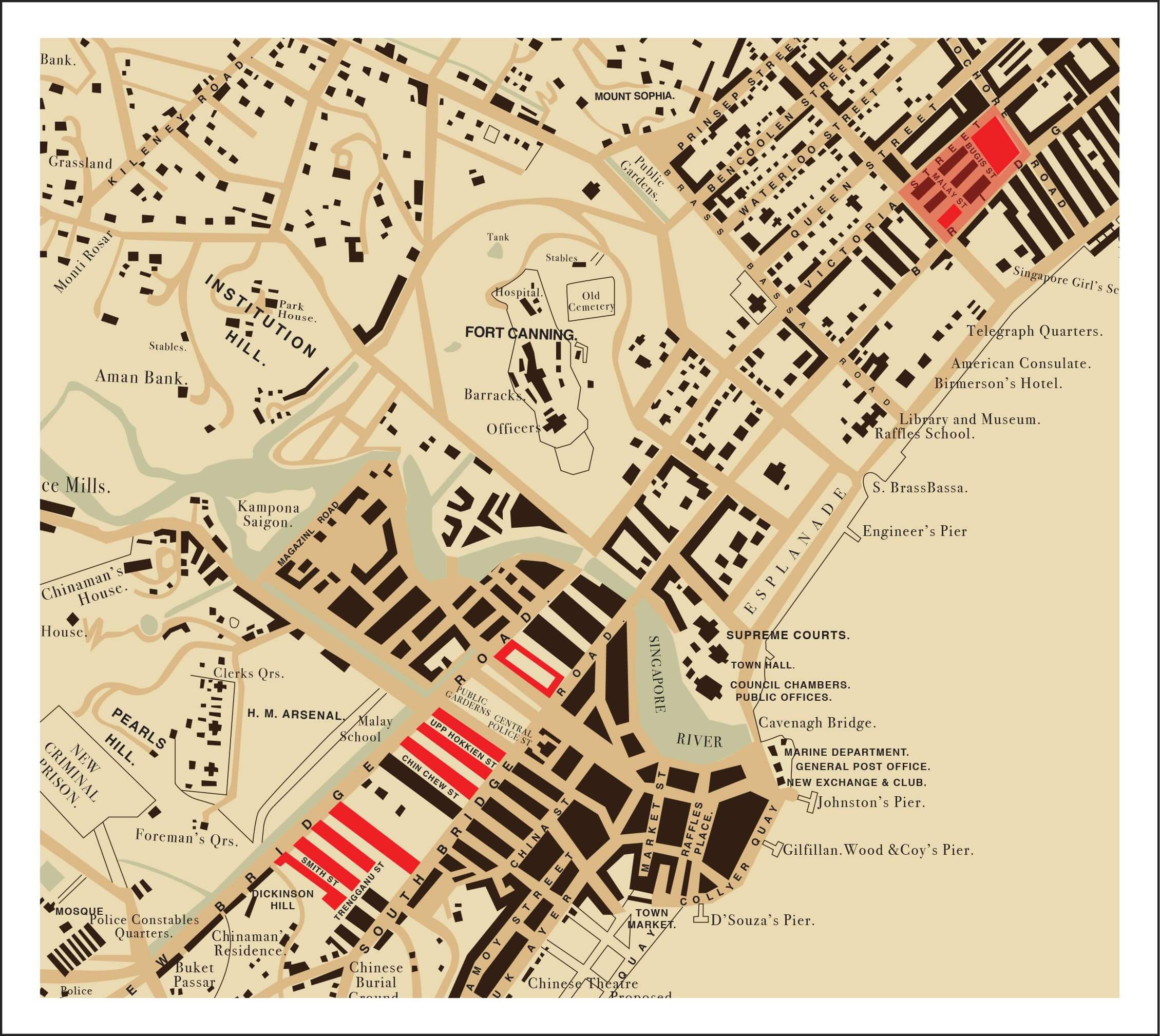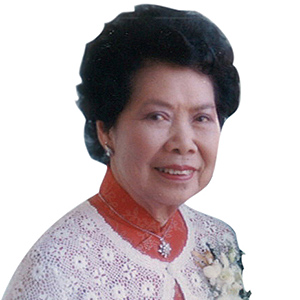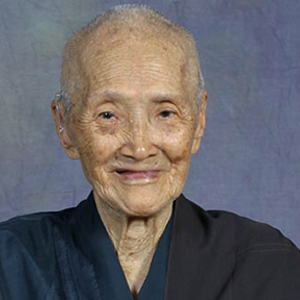She works hard for the money
In the 19th and early 20th century, some of the women in Singapore were the wives and relatives of successful men. The rest were mainly working women, mostly from China. There were 2 categories of working women – the girls and women who had been trafficked as bondmaids and prostitutes; and independent women, often single, fleeing poverty to find work here as labourers and domestic servants.
Sisters are doin’ it for themselves
When China’s silk industry was hit by the global Great Depression that began in 1929, thousands of women came to Singapore and Malaya in search of work. Many were single, and often they travelled together in pairs or as a group.
In Chinatown, they had a bed or a cubicle in a ‘coolie fong’, which provided not just a communal space but also a support network. They found work on construction sites as Samsui women, or in domestic service as amahs.
Their work was menial and tough but, unlike the well-born women, they had skills and financial independence.
Did you know?
- In 1955, an amah working with a European family could earn $140-$180 a month. This was as much as what an English-speaking clerk earned, and more than what waitresses, cashiers and hairdressers were paid.
- In the 1930s, Samsui women would go each morning to Upper Chin Chew Street to look for ad-hoc work. Their daily wage was usually 50 to 60 cents. The monthly rent for a bed in a shared cubicle ranged from 80 cents to $1.20.
Mama-sans and
little sisters
Extreme poverty in the rural areas of South China during the second half of the 19th century saw many parents selling or giving away their young daughters. Some of these girls became mui tsai (little sisters) or bondmaids who worked as servant girls in wealthy households. Others ended up in brothels.
Prostitution was a thriving business in Singapore in the late 19th century. There were hundreds of brothels, mostly controlled by secret societies.
Prostitution was only made illegal in 1930.

JANET LIM CHIU MEI
First local hospital matron and best-selling author
(1923 – 2014)
Janet was sold as a bondmaid and sent to Singapore in 1930/31. She resisted all efforts of the master to bed her. In 1933, she was one of 706 girls registered under the Mui Tsai Ordinance of 1932. She was taken to an orphanage, then to CEZMS (St Margaret’s School). She qualified as a nurse in 1941, and later became the first Singapore nurse to get further training in Britain. In 1954, she became Singapore’s first Asian hospital matron. In 1958, her best-selling Sold for Silver was published. It was the first autobiography in English by a woman in Singapore.
HO YUEN HOE
Abbess and charity-worker extraordinaire
(1908 – 2006)
Sold and resold several times as a child in China, Yuen Hoe married at 15 and moved with her husband to HK at 19. When she realised her husband was in the opium trade, she left him and did odd jobs to earn money. She came to Singapore in the late 1930s. For years she worked in Chinatown as hairdresser to Samsui women and amahs. She saved enough to buy property and set up the Man Fu Tong (MFT) Mutual Aid Association, an informal bank for Chinese immigrants. In her 50s, she studied Buddhism and was ordained as a nun. She then set up a temple and the MFT Nursing Home for destitute, elderly Samsui women.
Did you know?
- In 1863, 500 young girls were brought in by secret societies and sold for between $100 and $400 each. It was estimated that in the 1870s, 80% of the young girls who came to Singapore were sold to brothels. (Peasants, proletarians and prostitutes; Song, 1925; Purcell, 1967; Comber, 1959; Turnbull, 1977)
- Sago St had at least 28 brothels in 1902 (Ah ku and karayuki-san : prostitution in Singapore, 1870-1940 / James Francis Warren)
- In the 1920s there were an estimated 7,000 to 10,000 bondmaids in Singapore. The prices paid for them ranged from $50 to $260.

